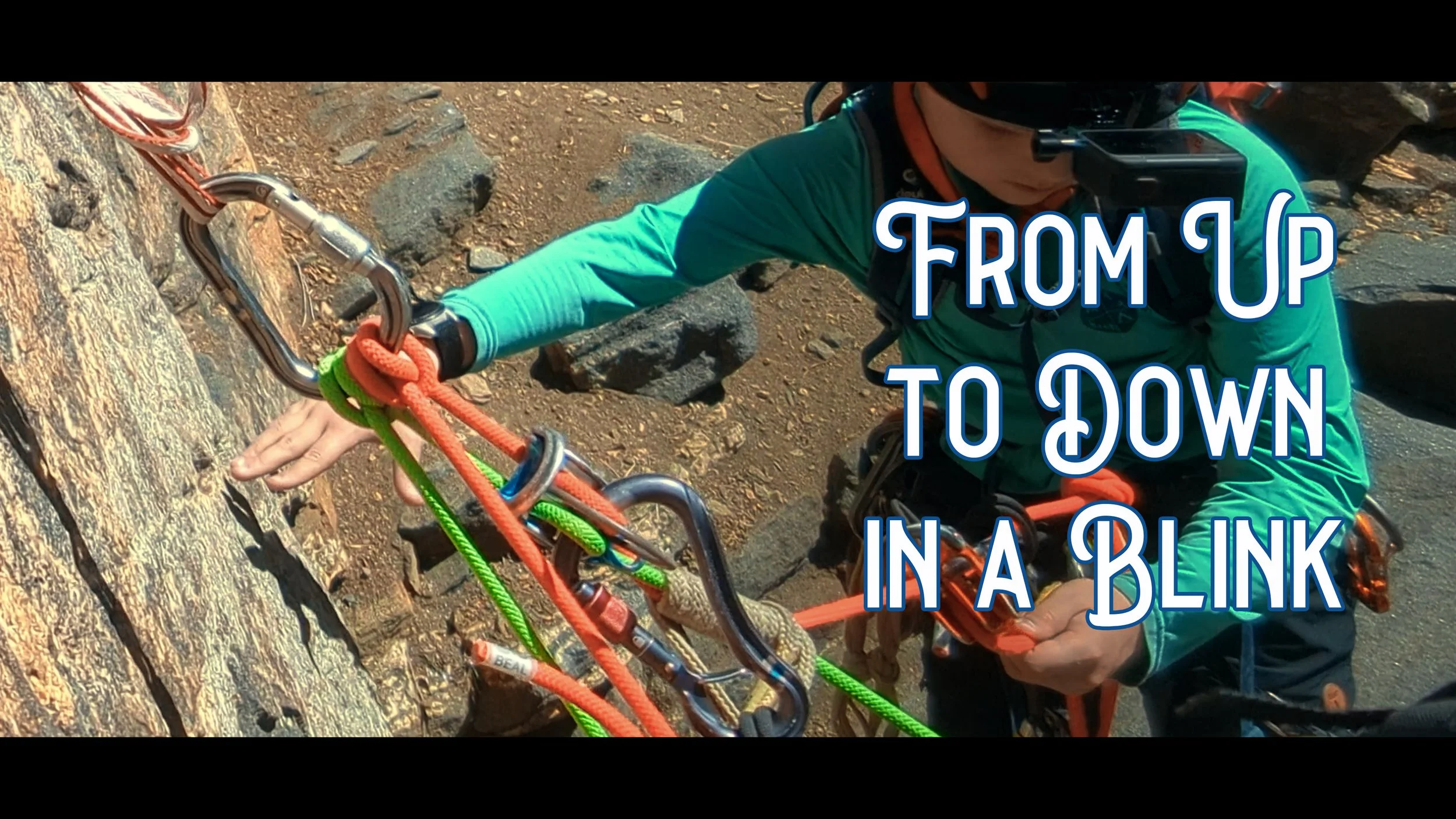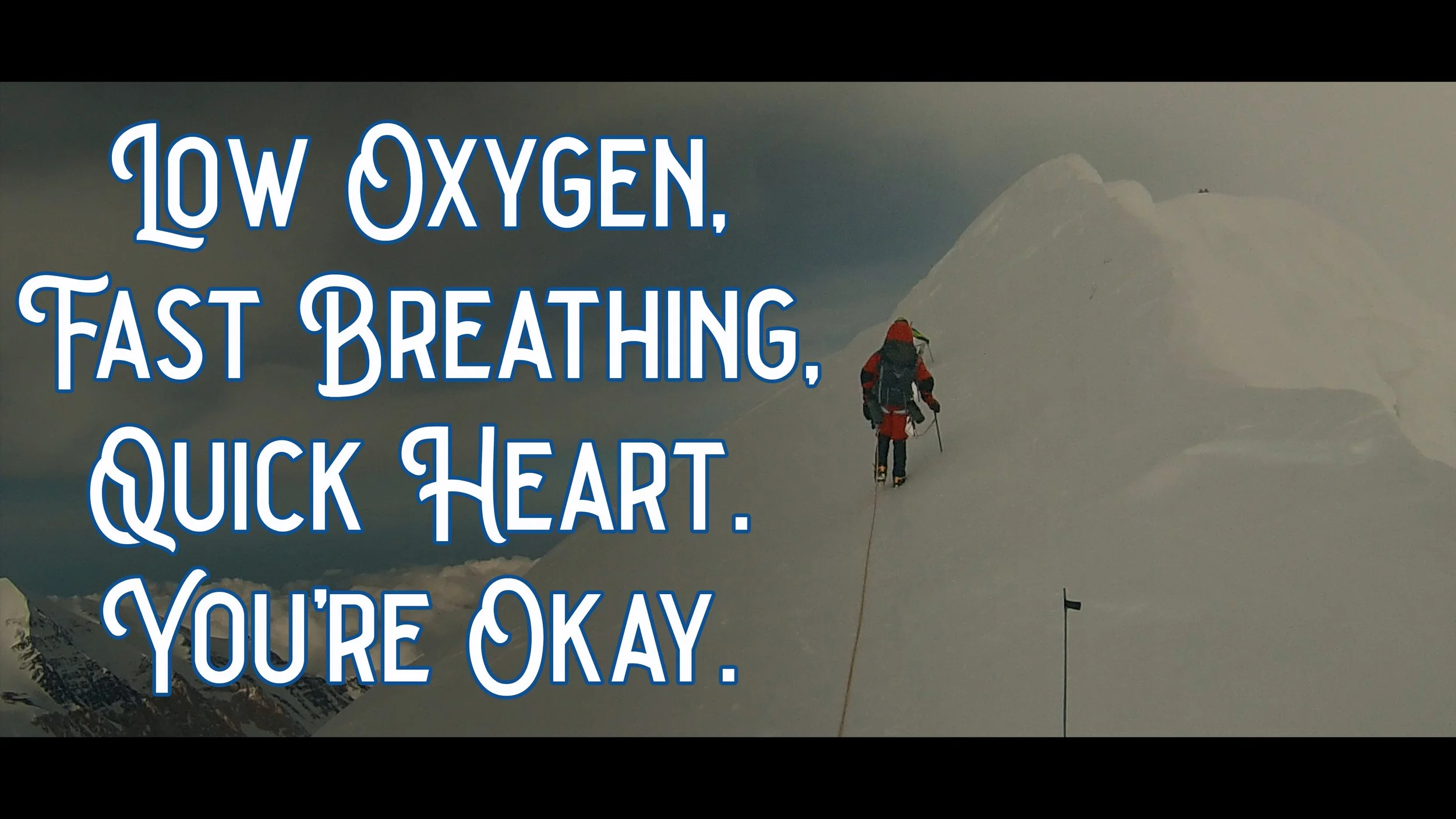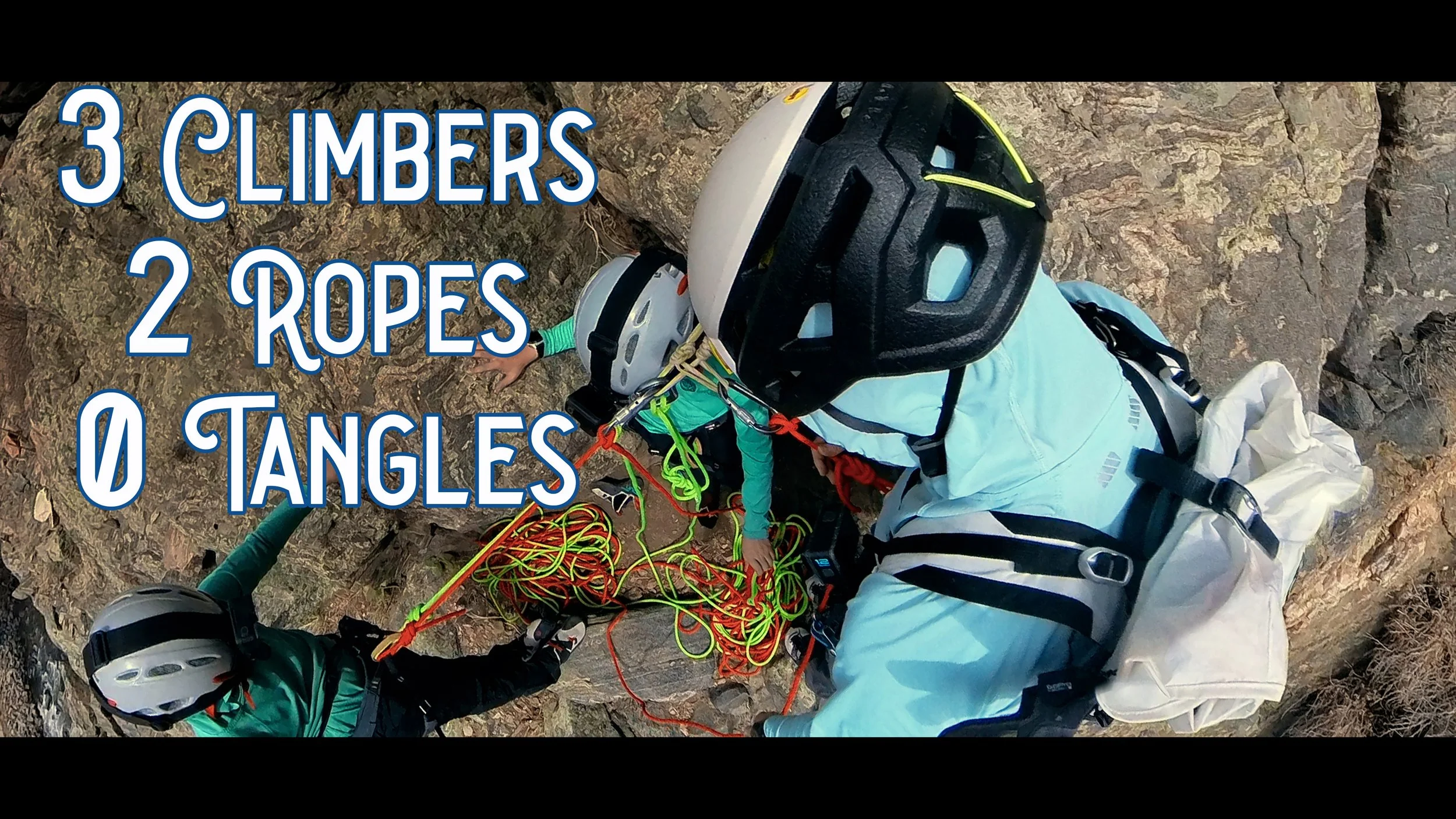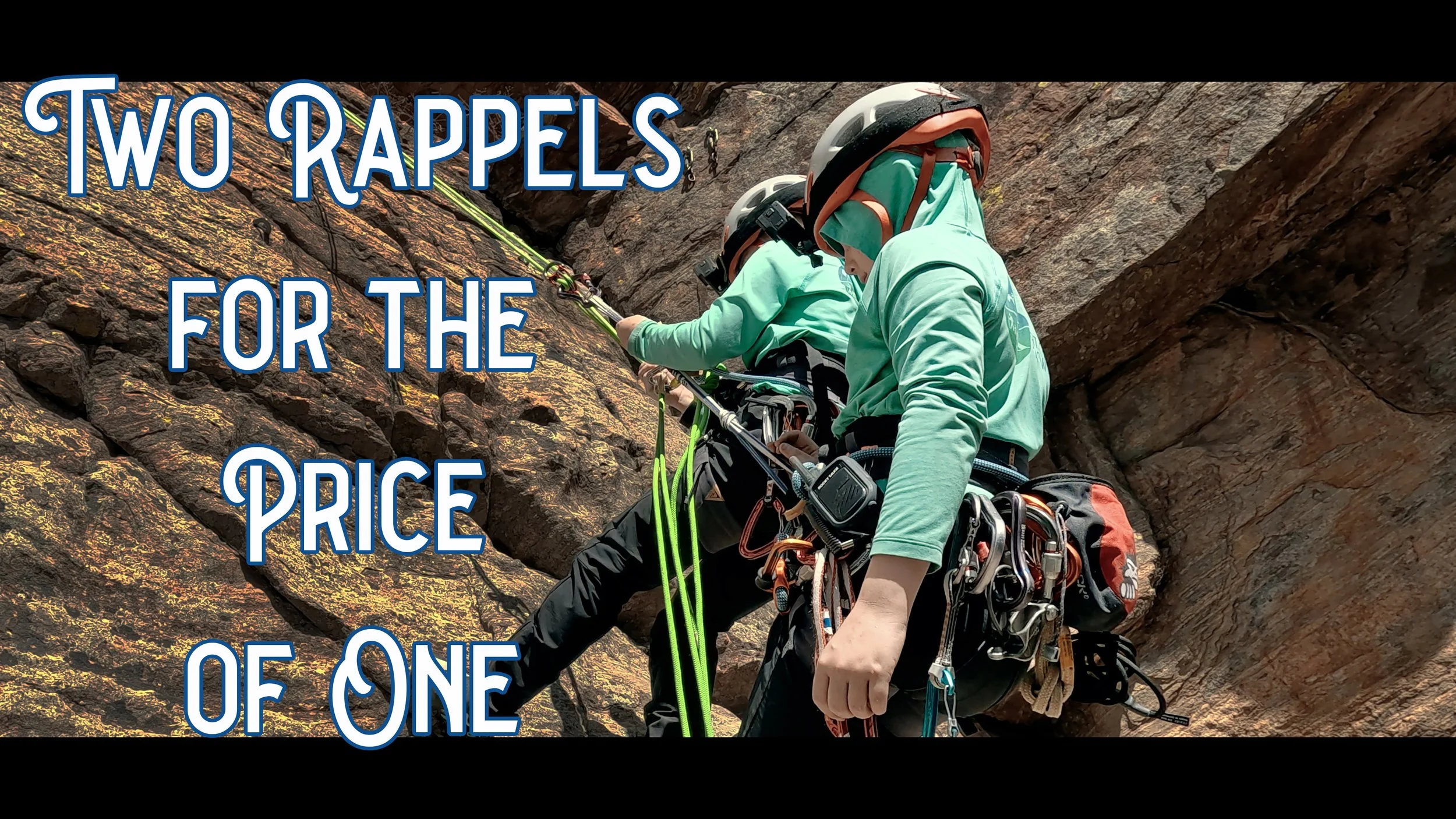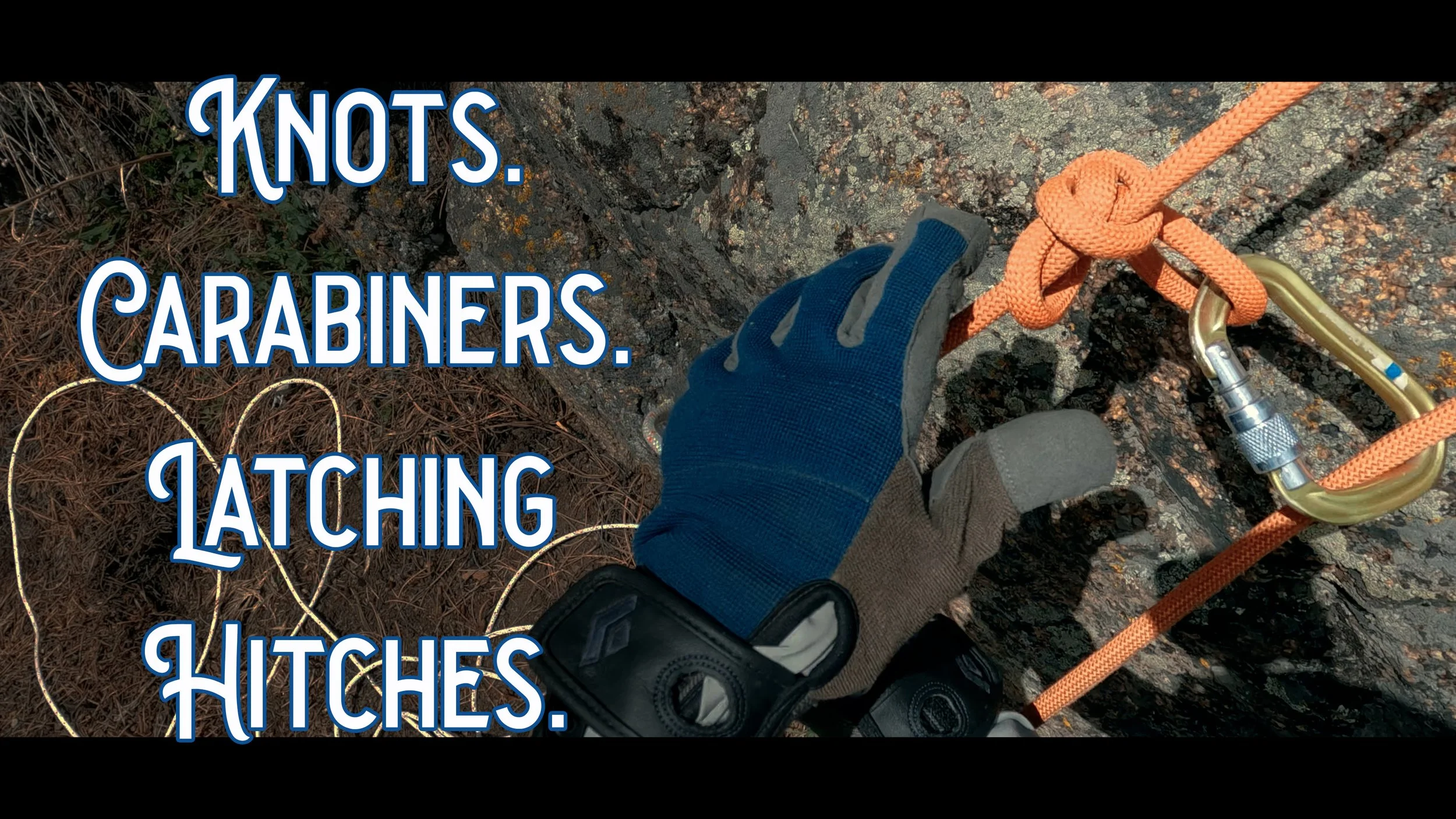All blogs
Every full length (longer than 60 seconds) video and accompanying blog post
How Fast Can Three Climbers Go From Topping Out to Rappelling Down?
Given how often I and my twin sons climb together, we've had to get fairly efficient at belay stance transitions. One such transition that (hopefully) happens almost every climb is the transition from climbing to rappelling down the route. If we can make these transitions fast and safe, we save time to climb more or more readily beat the weather or darkness setting in. Here is one climbing-to-rappelling transition that works for a team of three.
How Do You Know Your Multi-Pitch Climbing Partner Is Safe?
My twin boys are new multi-pitch climbing leaders. That means they need to trust each other and I need to trust them, as well. How did I enter them into this new climbing discipline? Well, some of the work around exposure to, practice of, and eventual attempts at leading multi-pitch are relevant to any new multi-pitch leader.
What Happens to Your Body When You Climb Truly TALL Peaks
Whether going from sea level to moderate altitude or from moderate altitude to high altitude, our bodies need time - and water - to adjust and adapt to the reduced oxygen we will take in. This video gives an overview of the physiology, the potential illnesses, and the preventative tactics that all come into play when we experience significant altitude changes.
Avoid Speed DESTROYING Rope Issues on a 3 Person Climbing Team
With twin boys, this dad spends a lot of time climbing in a team of three, and we most frequently use double ropes. Double rope systems can create tangles that can dramatically slow the team's progress. So, here are three techniques that help us avoid or quickly resolve rope management issues before those issues get too severe.
How and Why Climbers Use Tandem Rappels
I was asked if a tandem rappel could be done instead of a counterbalanced rappel because a tandem rappel is safer. In some circumstances, particularly in rescues, tandem rappels are used. But, while generally safer than a counterbalanced rappel, there are still too many safety and efficiency downsides for it to be a standard rappelling technique outside of emergency situations.
High-altitude First Ascensionist Taught Me this Improvised Aid Climbing Technique
When we get into uncertain alpine terrain, things can change quickly. Terrain features can change, snow and ice coverage can change, and weather is more dynamic. Any of these changes could confront us with a pitch that might be too hard to climb given our current footwear and carried equipment. Rather than turn around, this improvised gear and movement sequence may help us continue on our climb.
Which Rope Block Systems are SAFER for Single Strand Rappels?
Like most things in climbing, what is "safer" depends on circumstance. In this case, we are looking at rope blocking options: knot blocks, carabiner blocks, and the Reepschnür hitch (and some of the modifications to it) in order to explore the security at the rappel (abseil) anchor point versus ease of retrieving our rope.
Can You Make the Perfect Crevasse Rescue Anchor?
The short answer is, "no, you cannot make the perfect crevasse rescue anchor." The inherent tradeoffs between speed and anchor strength and adaptability mean that we have a series of risk-mitigating decisions we need to make before we ever start hauling our climbing partner out of the crevasse. Let's take a look at those tradeoffs so that we can make the best choices we can should we ever really need to make them.
3 Easy Ways to Change Lead While Climbing a Glacier
When we want to change lead climbers on a glacier, we have to do so in a way that still protects the team from crevasse falls. Here are three methods for getting a trailing climber into the lead position.
SAVED by a 6-to-1 Crevasse Rescue Haul on a Three Person Team
A 6-to-1 crevasse rescue system, or a "z-haul" on the back of a "drop loop," is a flexible system that can mitigate many of the problems that arrive in various crevasse rescue scenarios. In this video, we demonstrate setting up and using the base system given a team of three climbers.
Surviving A Crevasse Fall Requires Knowing What To Do NEXT
We have fallen into a crevasse that is overhanging. We are free hanging, unable to touch the wall. We are tight against our knot, so have little rope slack to work with. What do we do first, to stabilize our situation, and then how do we ascend the rope to self-extract?
Zig Zag Method of EMERGENCY Rappel Down a Weighted Climbing Rope
If we have a climbing partner injured on rappel (abseil) who is weighting the rope, how can we get quickly down to them to render aid? Here is a method that has evolved over time.
Using Close Call Assessments to Make Climbing SAFER
Every May, we make videos on the mental side of climbing and adventure in recognition of National Mental Health Awareness Month. This video talks about close call assessments, discussing what they are, who uses them, how they can make our climbing safer, and walks through a low-effort way we can apply them to our own climbing.
Understanding The Difference Between RISKS and DANGERS in Climbing and Life
Every May, we make videos on the mental side of climbing and adventure in recognition of National Mental Health Awareness Month. This week, we are getting into a question I was asked about how I view risks verses dangers in climbing. Drawing heavily from my upbringing, I get into the importance of differentiating between risks, dangers, probabilities, and consequences and then apply those concepts to help us better mitigate risks.
Balancing Work, Family, And Climbing Is A BIG Challenge
Every May, we make videos on the mental side of climbing and adventure in recognition of National Mental Health Awareness Month. This week, we are going deeper into a subscriber's question about how I balance climbing, video creation, work, family, all of it along with how the goal of balance affects what and when and how I climb.
ULOCKING Your Alpine Climbing Performance Through Empowerment
Every May, we make videos on the mental side of climbing and adventure in recognition of National Mental Health Awareness Month. In this video, we discuss how shared decision making creates empowerment which, in turn, improves team performance and our enjoyment of the mountains.
The Right Cook Pot Can Save You HOURS Across a Climbing Expedition
In the older days of gas stoves, conventional wisdom was that a larger pot would make turning snow into boiling water more efficient when on a climbing expedition. But new equipment may have changed the calculus. Here's an experiment I ran to see if smaller or larger pots would be more efficient given different stove types.
Mastering The Figure Eight Retrace Knot, Perfect EVERY Time
New climbers, and even some experienced climbers, can improve both efficiency and safety by learning how to tie a high-quality figure eight retrace knot regardless of changing rope diameters. Here's a step-by-step process to get a knot that meets all the best-practice criteria, a breakdown of those criteria so we understand why they are important, and a walkthrough of a final knot check we should perform every time we tie in.
When Might a Rappel Be a BAD Idea?
When I am out climbing, there are times when I might choose to lower a first climber down a pitch rather than have the climber rappel. Here are five circumstances that I have faced, personally, and have at least sometimes decided to lower that first climber.
Are These Two Words Holding BACK Your Climbing?
Context is key. The systems we choose to employ on our climbs will be more or less effective depending upon the specific circumstances we face. So, I am hesitant to use the words "always" and "never" when it comes to climbing techniques. For example, here are four exceptions to the notion that we always belay a leader from the harness and a follower from the anchor.

